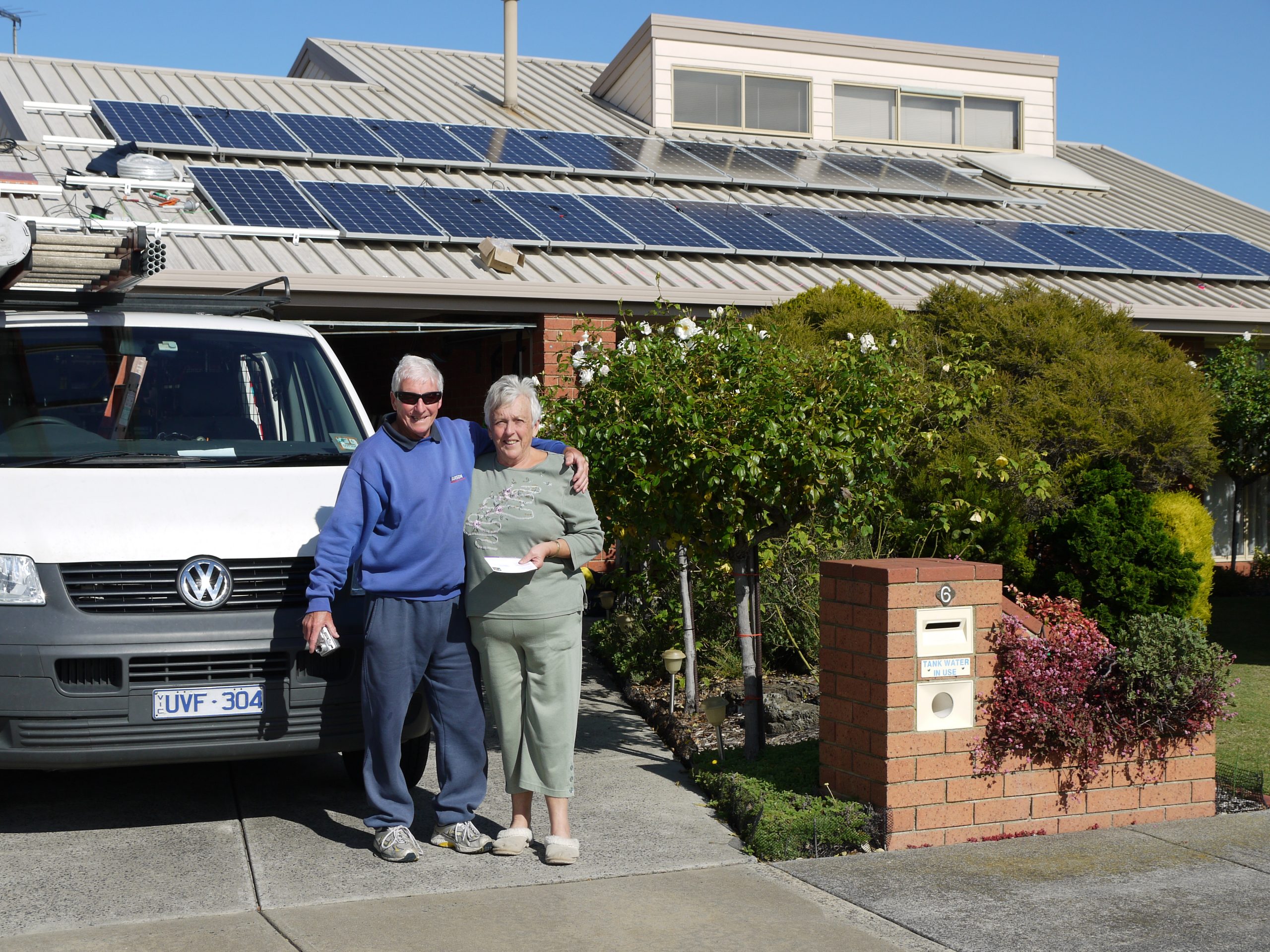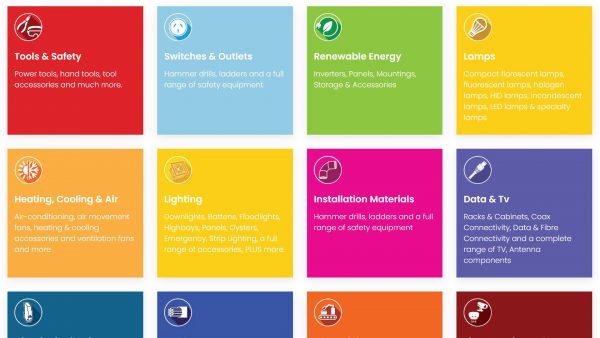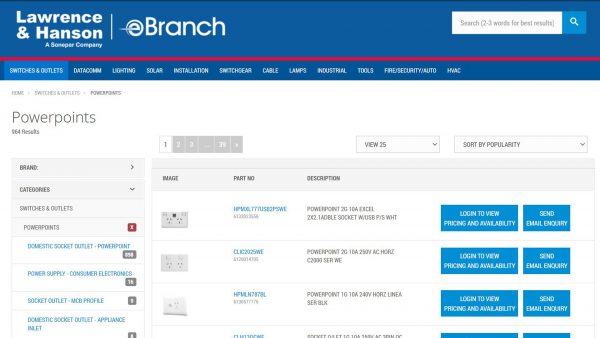
Solarsps
UNDERSTANDING DOMESTIC SOLAR
Selecting Solar for Your Home
As the cost of electricity continues to rise, more Australian families are looking for alternative ways to power their homes. A solar solution can help homeowners offset their daily power usage and reduce their overall costs.
Here are a few things to consider when choosing a system for your home.
Solar photovoltaic systems
A solar photovoltaic (PV) system comprises several components designed to produce power from sunlight. Solar panels absorb energy from the sun and convert it to direct current (DC) electricity, with an inverter converting this to alternating current (AC) suitable for use in the home. Home solar PV systems are mounted onto the roof, with a grid connection that allows any excess energy to be fed back into the electricity grid. You may be able to earn a small feed-in tariff for this extra power. Solar PV systems work best when facing north and free from obstructions that may block the sun. The results from a roof-mounted system will vary depending on where you live and the weather you experience.
Solar PV capacity
A small solar PV system can provide enough AC electricity to power your entire home. Because the feed-in tariff payable for adding your extra power to the electricity grid is quite low, you need to select a size that will maximise your use of solar power and minimise the excess fed into the grid. First up you’ll need to calculate how much electricity you use in your home during daylight hours, which is when your system will be generating at its peak. You can do this by looking at your previous power bills and having a chat to a specialist about the size of your home. If the majority of your power usage is at night, when your system can’t produce power, it could be worth investing in a battery storage system. This would allow you to store power produced during the day for use at night.
Choosing the right solar panel
There are no shortage of choices when it comes to choosing your solar PV system, with an influx of vendors offering cheap solutions. However, there’s a lot more to consider than price and it’s best to always stick with a reputable company. Because industry leaders like Suntech, Trina and Q Cells invest in research and development, their panels will work harder and smarter, with the most up-to-date technologies.
A good warranty is essential when choosing your system, so look for one that lasts at least 25 years. Even when exposed to the elements and harsh Australian summers, your system should last this long.
As a basic rule of thumb, if a company has been producing panels for less than five years, they’re probably not a wise choice. Our team can spot a dodgy panel from a mile away, so always get expert advice.
Future proofing your system
Solar panel technology has come a long way in recent years. By selecting a future-proofed system that maximises energy use and minimises reliance on feed-in tariffs, you can get a better return on investment. Solar systems such as the Redback combine advanced hybrid technology with an Internet of Things software platform to give Australian households a platform to optimise solar self-consumption.
By bringing together intelligent technology and smart software, these systems give users the power to store, monitor and manage their home’s solar energy from one Wi-Fi enabled interface.


